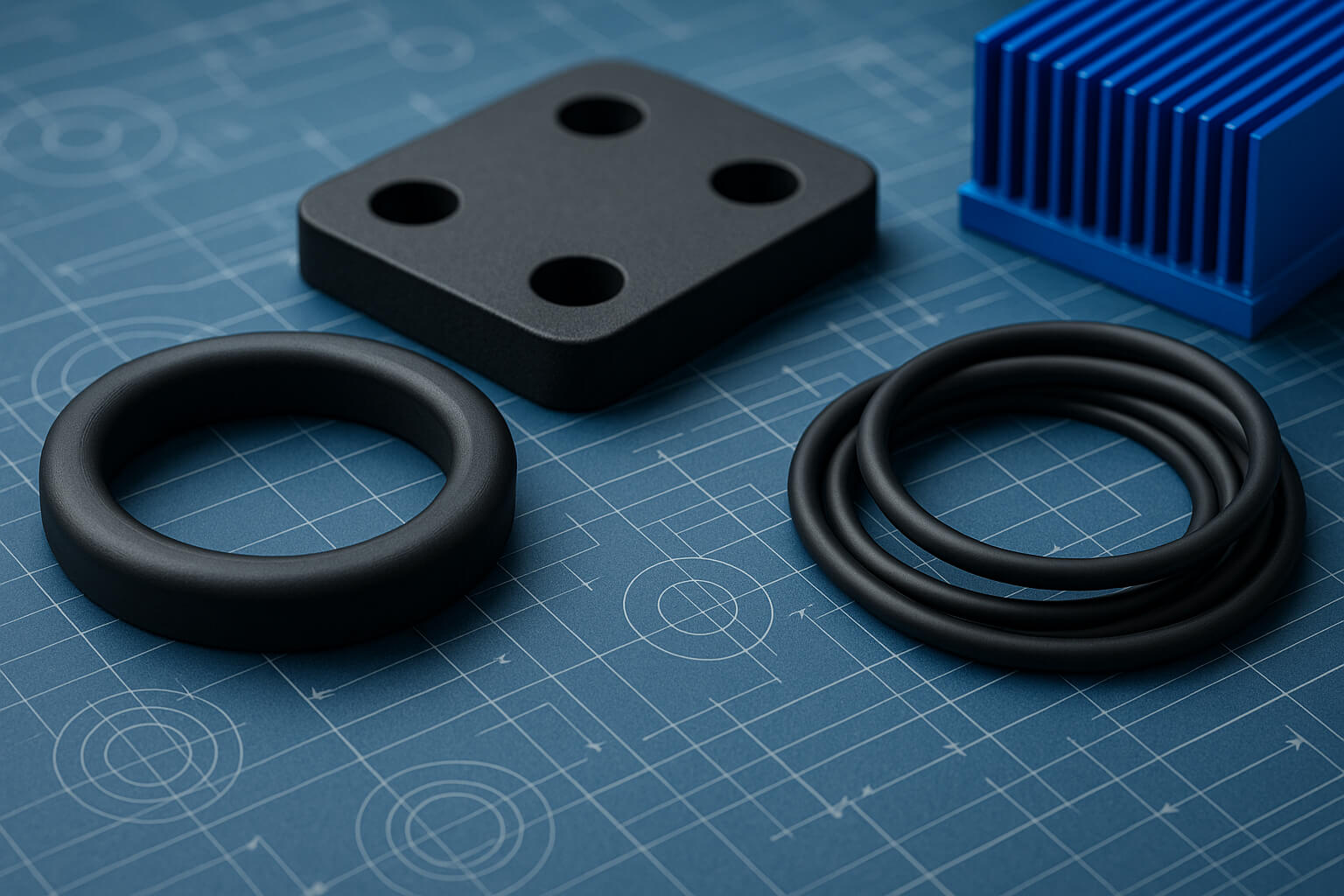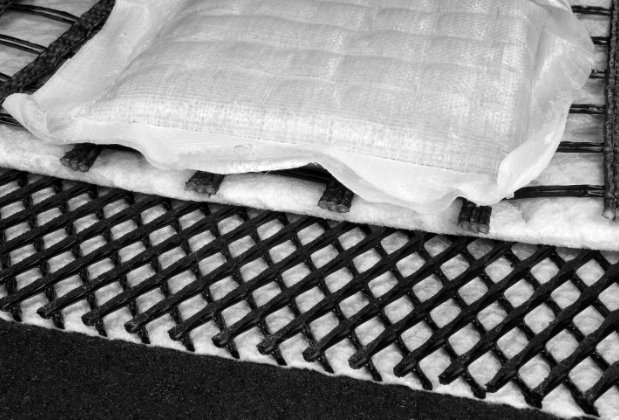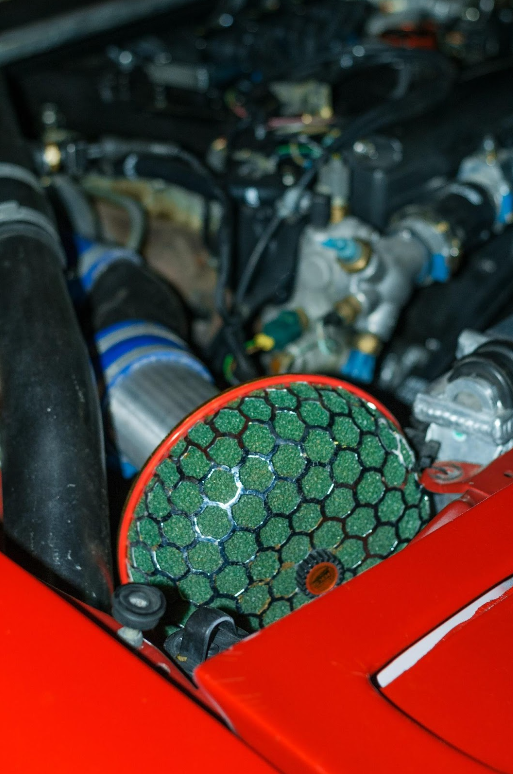
Silicone elastomers are essential materials in modern engineering, providing flexibility, durability and high-performance capabilities across various industries. Their compressibility, combined...

When nonwoven fabric filters are needed for your engineering application, you can’t afford to go with an inexperienced manufacturer. In addition to having chemical expertise, your provider should be able to problem-solve the best cost-effective solution for your project. That includes factors such as exposure to temperature or chemicals, filtration particle size, material selection and alternatives, die cutting shapes and sizes, prototyping, and even when to bring in your consultant for the most efficient project roadmap. Sur-Seal offers a strong union of chemical experts with a large global reach, ensuring your manufacturing process will result in the best possible product for your application.
The base for our filters is nonwoven fabrics. The characteristics of each manufactured filter will vary depending on the needs of the application. First, let’s define a nonwoven fabric.

The INDA, the Association of the Nonwoven Fabrics Industry, offers the following description:
“Nonwoven fabrics are broadly defined as sheet or web structures bonded together by entangling fiber or filaments (and by perforating films) mechanically, thermally, or chemically. They are flat, porous sheets that are made directly from separate fibers or from molten plastic or plastic film. They are not made by weaving or knitting and do not require converting the fibers to yarn.”
Source: INDA
What separates a nonwoven fabric from a woven fabric is that, rather than weaving or knitting fibers together, the fibers or filaments are entangled together through a mechanical, thermal, or chemical process.
Nonwoven fabrics are a base material for many common functions, including barriers to dust, dirt, and moisture, as well as acoustic applications.
In the industrial world, filtration is an encompassing marketplace. Filters can be cut into many different shapes and sizes and can be comprised of a large variety of materials.
When engineering a nonwoven fabric filter, the design and material selection must meet the performance needs for its intended application.
“Filtration is pretty pervasive in the industrial world. It’s a big marketplace that uses a lot of materials. There’s quite a large variety of cuts and shapes for many different applications. Because there’s so much material used, there’s a lot of engineering content within the materials that allow it to perform the way it’s supposed to perform. It really is a science.”
Steve Rossi, General Manager at SpecTex
In regard to filtration, nonwoven fabrics serve one function: to control the flow of either liquid or air through a fabric medium.
There are two main types of filtration:

When engineering your filtration product, there are some important considerations to account for in the design process:
The common medium Teflon, for example, has both temperature and chemical limitations to consider.
As a die-cutting manufacturer, Sur-Seal can take your engineered design and manufacture it to your specifications.
Many engineers come to us with a design in hand, material already determined, and a thorough understanding of what to expect during the manufacturing process. In fact, the earlier our team gets involved, the better. We love to problem-solve, and we welcome your challenges. By consulting with us in your early design stages, our team can help streamline your overall product design to make it optimally efficient as well as cost-effective.
Our newly aligned organization combines the strengths of each company into one cohesive team, shoring up our areas of chemical and manufacturing knowledge and expertise as well as our strong global sourcing arm.
Here are a few reasons to choose Sur-Seal Advantage:
We offer prototyping without tooling. We can print your prototype to the exact shape and specifications of your product. By offering all types of prototyping, we can fulfill your specific sequence of data requirements and deliver on the first article of inspection.
Our volume processes include rotary press, camera, and imagery-driven checks. We offer one of the largest varieties of shapes and cuts in the die-cutting industry.
Our expert team has aligned the industry’s best in chemistry, manufacturing, and international supply sourcing to offer you the best and brightest problem solvers with nearly unlimited solutions.
By working with our team through the design and chemical engineering process, you can feel confident that your product challenges, goals, and needs are thoroughly understood and that the best available solution will be presented and delivered.
You have many choices when it comes to selecting a filtration product manufacturer. Let us earn your trust by showing you that we can help you solve your most critical project roadmap challenges with our collective team, bringing you over 40 years of expertise in chemical engineering and die-cutting solutions.
To request a quote or simply learn more about how our expert engineering services can streamline your design and maximize cost-efficiency, contact our team today.